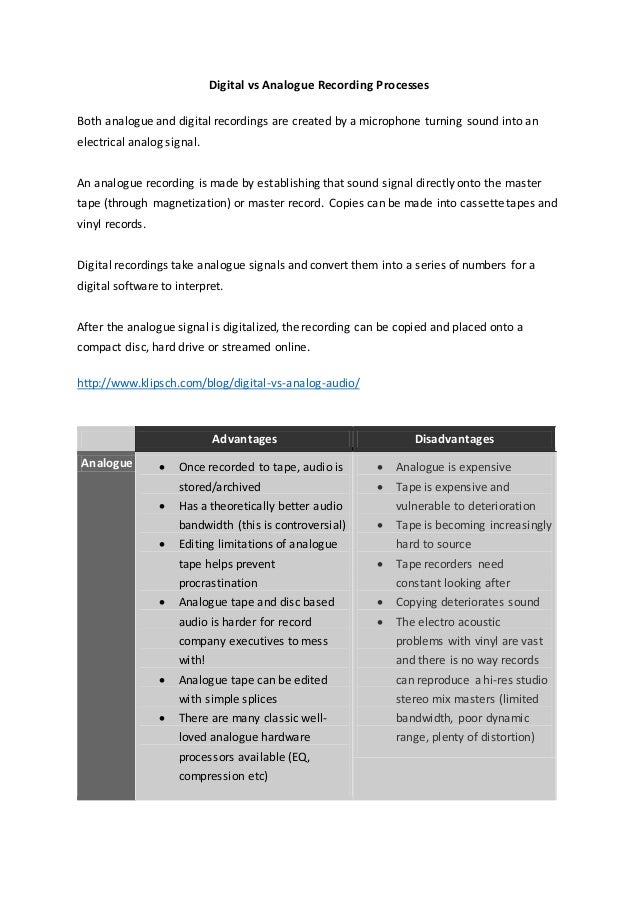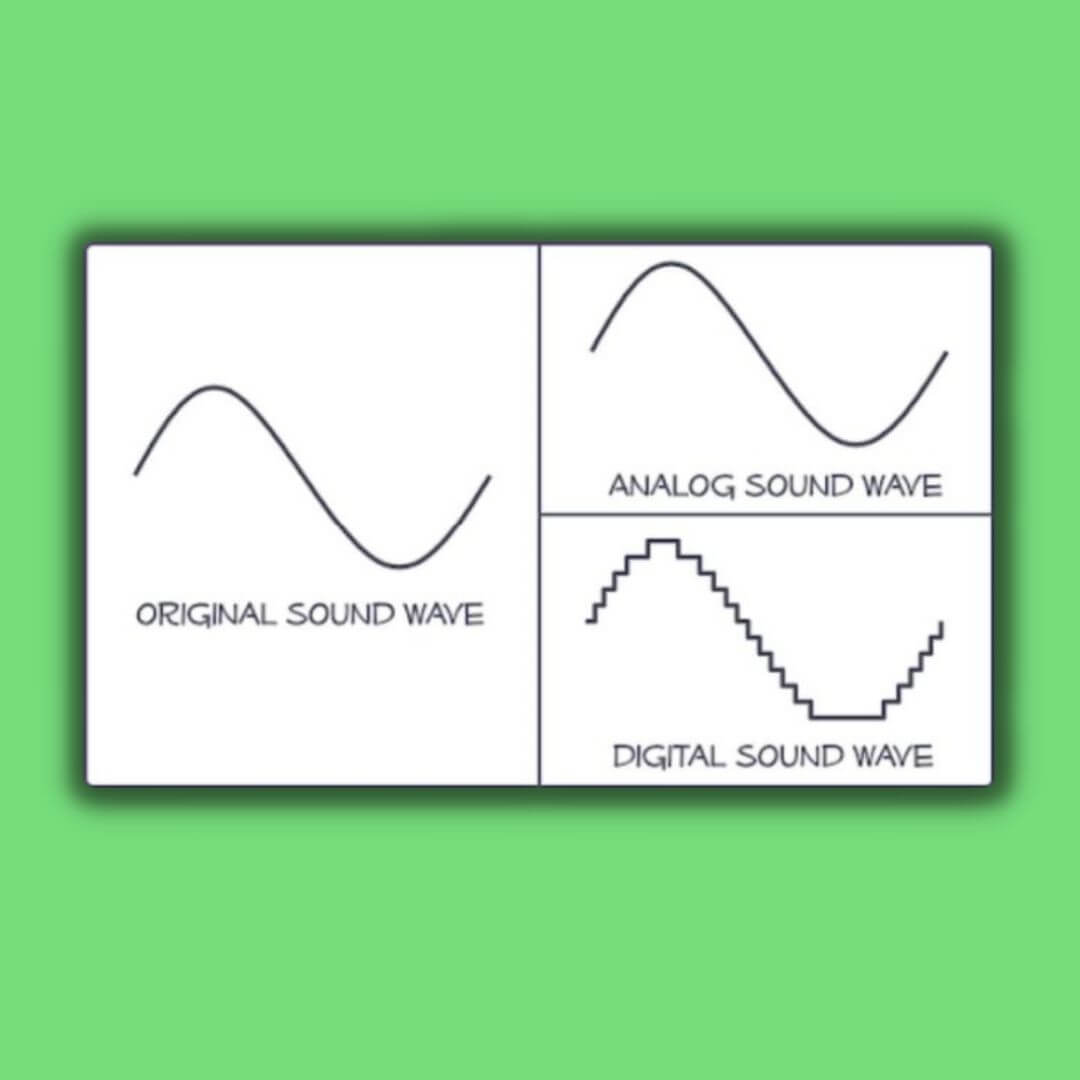
Then you can stream that digitally mixed string of numbers over the internet, copy it over to a smartphone’s memory, press the bits into a Compact Disc, and so on.

So, the stereo mix will represent exactly what you heard when you mixed the song. With digital recording, when it’s time to mix down, you mix down numbers to stereo or surround, which creates another set of numbers. Unlike recording to tape, numbers recorded into a computer don’t deteriorate. However, there are extremely tiny steps when the levels change, so a final smoothing filter rounds off the steps to restore the waveform’s original analog shape.Īlthough this might seem complex, compared to analog audio, there are several advantages.
Analog to digital video converter sound distortion series#
We can’t listen to numbers, so in 1D, the digital-to-analog converter converts the digital data back to a series of voltage levels. Even better, these numbers can be manipulated mathematically in a digital audio editing program to change levels, add special effects like delay, and so on. The audio has now been frozen into a series of numbers. In 1C, the computer translates this series of snapshots, or samples, into voltage levels (i.e., numbers) that represent the signal’s level variations. The number of measurements the converter takes each second is the sample rate, also called sampling frequency.

In 1B, the analog-to-digital converter takes a “snapshot” of the signal’s level every few microseconds (1/1,000,000th of a second). 1 shows the process that converts audio into numbers and then back into audio.įigure 1: How audio turns into numbers and back into audio again.ġA is the original analog waveform. Audio that’s expressed as numbers can be copied, transferred, modified and even cloned without degradation. Numbers aren’t subject to the same kind of physical deterioration as an analog waveform. On playback, a digital-to-analog converter converts the numbers back into audio. Records wear out, dust and scratches interfere with sound quality, and turntable needles and vinyl records have physical limitations that make it difficult to reproduce sound accurately.ĭigital audio solves those problems by using a device called an analog-to-digital converter to convert audio into numbers while recording.

Amplifying those vibrations produces sound by reproducing the original waveform.īut analog audio has limitations. A vinyl record’s groove captures that wave’s shape, and a turntable’s needle vibrates as it follows the wave. In Part 2, we’ll cover best practices, so you can get the most out of digital recording.Īll audio-even a symphony orchestra-is a single sound wave with a varying level. In Part 1 of this two-part series, we’ll cover how digital audio works.

Amazingly, today’s bedroom studio is sonically equivalent to the quarter-million-dollar studios of yesteryear (and sometimes even better).īut along with improved technology, digital audio has introduced new concepts and terms-and it’s important to understand them to get the best results from your recordings. Read part #2 here.ĭigital audio has made it possible to create high-quality music productions with budget computers and software. This is the first piece in a two-part series on digital audio basics. Understanding how digital audio works including sample rate, bit depth and A-D conversion can ensure a smooth recording experience.


 0 kommentar(er)
0 kommentar(er)
